A global series of the International FP&A Board discussions on moving from a traditional FP&A towards Extended Planning and Analysis (xP&A) was brought to Munich on the 14th of November 2023. This city has become our 19th chapter, where we hosted a forum on xP&A.

Figure 1: Munich FP&A Board №2, November 2023
The second Munich FP&A Board welcomed 24 senior finance professionals from a variety of companies, including Amazon Germany, FSN Capital, Bauer, Lear Corporation, FormMed, MSD, sennder Technologies Gmbh, Avon Cosmetics, ABBYY, and many others. Munich FP&A Board members gathered in magnificent Spaces Werksviertel.
This meeting was sponsored by OneStream and AIQOS in partnership with IWG. Let us recollect the most notable insights from that meeting in this article.
Can Poor Data Hold Us Back?
Overall, the second event in Munich was insight-driven and highlighted the overarching challenge of reaching analytical excellence. In a highly volatile environment, FP&A leaders have to proactively mitigate risks and be up to speed with the newest trends impacting our profession.
Munich FP&A Board members emphasised that they do lack confidence in data and have numerous issues related to data quality and integrity. Unsurprisingly, these insights show that data tends to be one of the most crucial challenges for FP&A professionals. The increasing impact of digitisation should not be underestimated in the realm of FP&A. Finally, the attendees agreed that it is better to simplify complex insights in order to drive engagement among non-financial stakeholders.
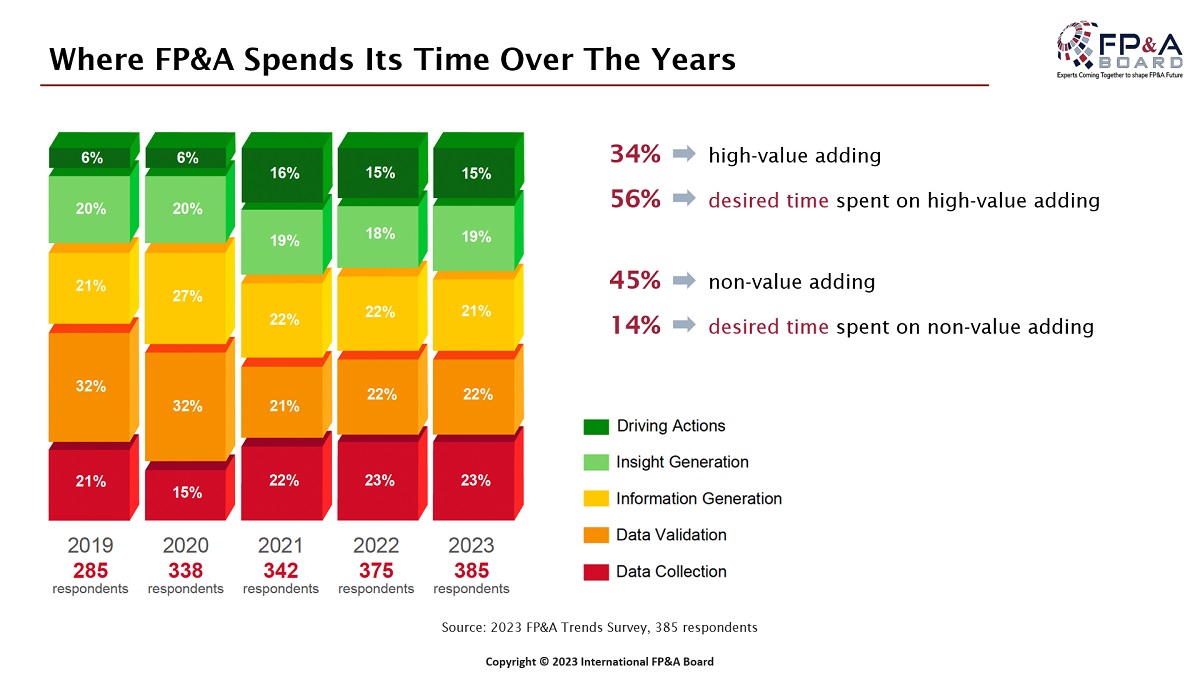
Figure 2
After discussing the crucial challenges, the discussion facilitator aptly revealed the key findings from the recent FP&A Trends Survey. While we have seen some positive dynamics regarding value creation and time distribution, most FP&A branches still spend as much as 45% of their time on data collection and validation. Indeed, this trend has not changed since 2022, so the global think-tank tried to find the answers to the four questions aimed at streamlining one's way to Extended Planning and Analysis (xP&A).
Guided by Larysa Melnychuk, the forum focused on the four following pillars:
- Evolution from traditional to the best-in-class
- What is xP&A?
- How to implement xP&A?
- And how exactly we can do this?
Understanding the concept of Extended Planning and Analysis (xP&A)
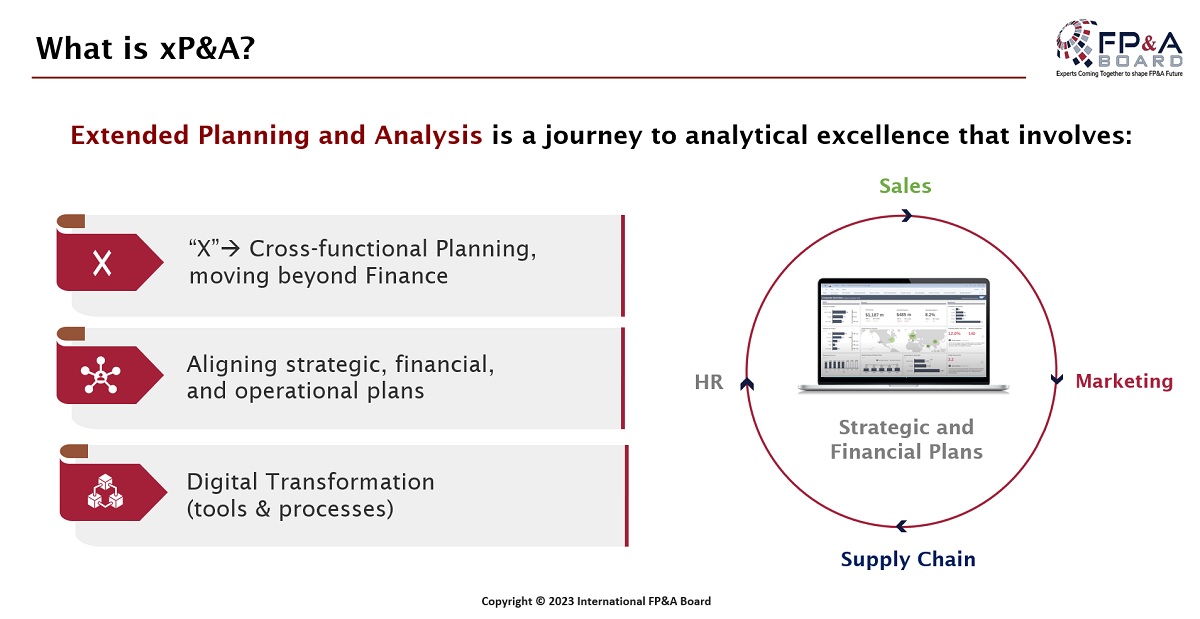
Figure 3
Extended Planning and Analysis deals with a harmonious organisational alignment. Such an approach as xP&A can help you align the lifeblood plans of any business, namely strategic, operational, and financial. It truly extends beyond the finance domain and encourages organisational collaboration. Another key component of xP&A is digital transformation (tools and processes). All in all, a balanced combination of these domains can help you reach analytical excellence.
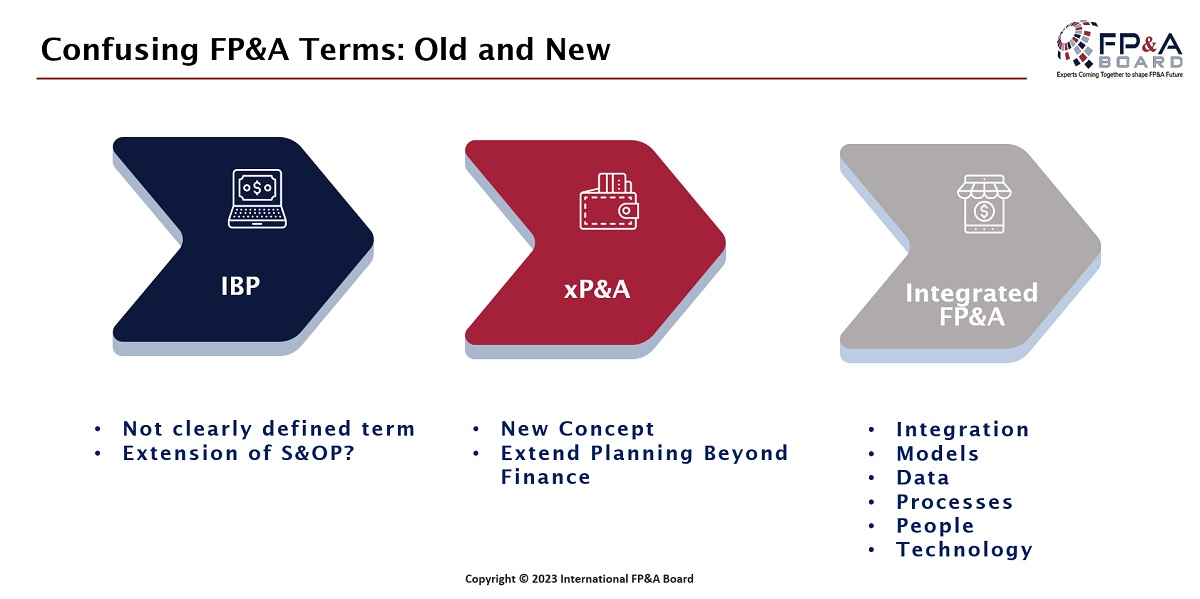
Figure 4
The moderator explained the difference between commonly mixed-up concepts of Integrated FP&A and Extended Planning and Analysis to the audience, and the forum went on to explore the six factors required for moving from traditional to Integrated FP&A. Munich FP&A Board Members agreed that we have to start with identified drivers and a driver-based three-way model to foster our chances for success. Once we have established everything mentioned above, we should move forward to integrating organisational processes and people on a single platform.
In addition, the discussion facilitator also presented a free tool to evaluate your organisational maturity – the FP&A Trends Maturity Model. Such a benchmarking tool can help FP&A people understand what they need to elevate their game and reach the desired outcomes faster than the competition.
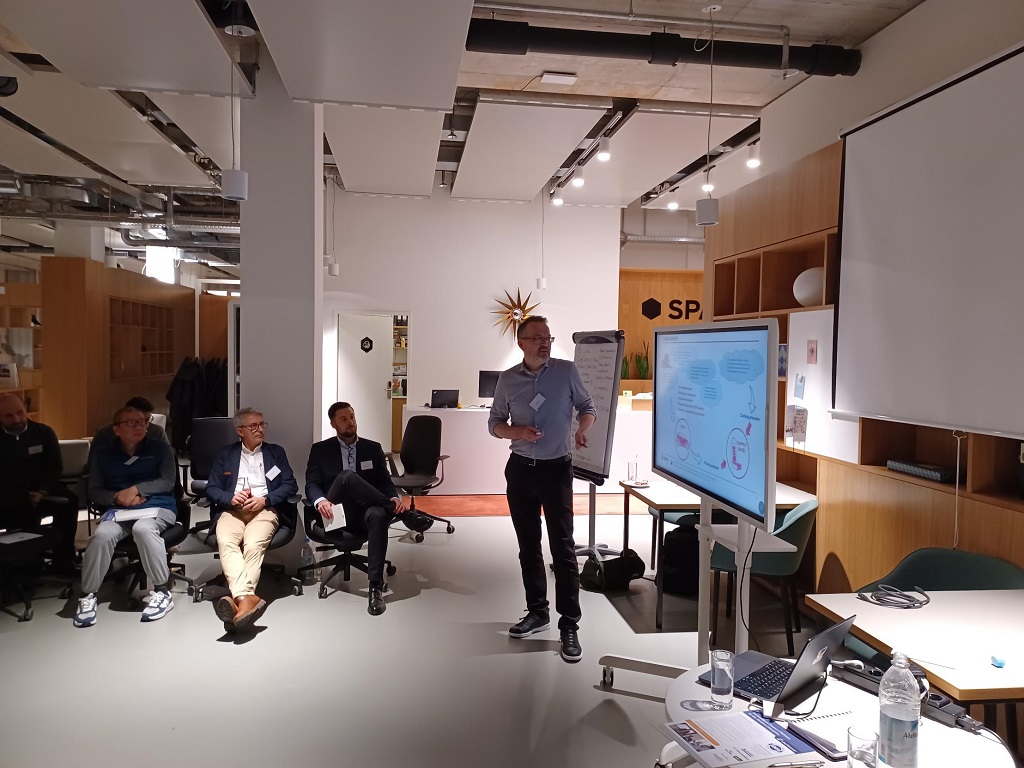
Figure 5: Marek Jursa shares his insights with the Munich FP&A Board members,
Munich FP&A Board №2, November 2023
Except for a highly practical discussion on key factors enabling the transition to analytical excellence, the Munich FP&A Board enjoyed listening to practical tips from the field. Marek Jursa, Finance Director at Lear Corporation, provided the forum with his insights on how xP&A can support the challenges which suppliers are facing and help them overcome those hurdles. Marek's speech preceded a great split-up into several groups, each of which had to address three most critical aspects for reaching xP&A:
- Data & Models
- Systems & Processes
- and People & Culture
Insights from Group Work

Figure 6: Group Work, Munich FP&A Board №2, November 2023
The first group stated that this aspect should consider ensuring data consistency within the organisation and emphasised that the model and data should be connected and interrelated.
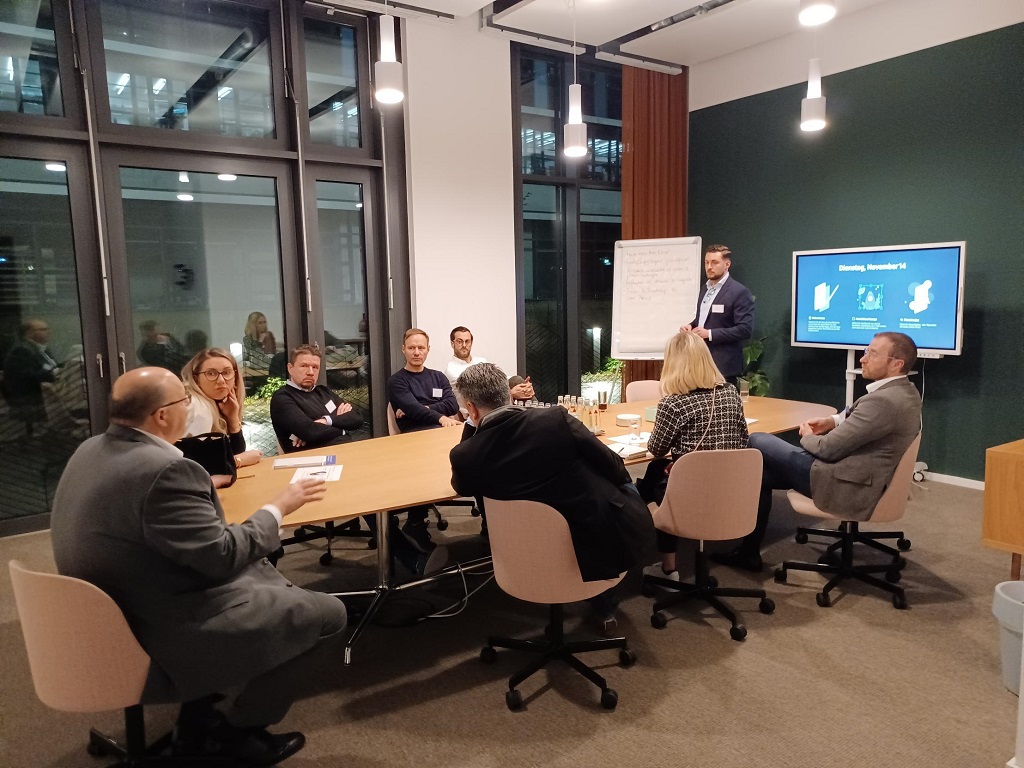
Figure 7: Group Work, Munich FP&A Board №2, November 2023
The second group vividly discussed the "Systems and Processes" aspect, and the following insights got the most attention:
- We should have something better than just Excel
- Having a set of predefined goals/outputs can be helpful
- We have to establish an in-house assessment of the systems and processes landscape
- Reflecting on the systems' relevance can be crucial

Figure 8: Group Work, Munich FP&A Board №2, November 2023
Last but not least, the third group presented their insights to the Munich FP&A Board. They explored what we need to factor in when we embark on a journey to analytical excellence in the context of people and organisational culture. Some of the most notable insights include the following:
- Only people who understand the business and its culture can make processes work
- We need to start from the culture of leaders who can lead by example. Building trust, confidence, and credibility are three essential pillars for establishing a good organisational culture
- Business leaders must understand where a "collective priority" is more important than an "individual priority"
- Finally, the ideal company culture should be open and ready to challenge the status quo
Conclusions

Figure 9: Networking, Munich FP&A Board №2, November 2023
The second Munich FP&A Board allowed senior FP&A leaders to expand their knowledge about Extended Planning and Analysis (xP&A) and network with like-minded peers.








